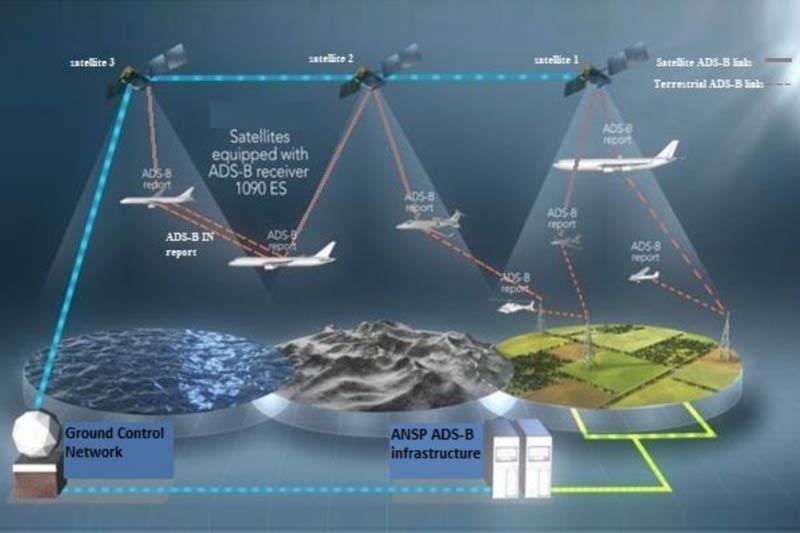
The United Nations specialised agency for information and
communication technologies – the International Telecommunication Union (ITU) announced
the adoption of the main technical principles of enhanced aircraft automatic
dependent surveillance via satellite, to track in-flight aircraft worldwide.
ITU is responsible for establishing worldwide standards that
foster seamless interconnection of a vast range of communications systems. The Study
Groups of ITU’s Telecommunication Standardization Sector (ITU-T)
assemble experts from around the world to
develop international standards known asITU-T
Recommendations which act as defining elements in the global
infrastructure of information and communication technologies (ICTs).
According to the press release, there are approximately
59,000 aircraft in flight worldwide, at any given time. The ability to
effectively track, monitor and report these aircraft is critical for ensuring
the safety of passengers and crew, as well as that of communities on the
ground.
Since the disappearance of flight MH370 in 2014 over the
South China Sea, ITU has undertaken activities to improve the tracking of
in-flight aircraft using advanced information and communication technologies.
Different aircraft automatic dependent surveillance systems
have been standardised within the International Civil Aviation Organization
(ICAO), such as terrestrial automatic dependent surveillance-broadcast (ADS-B)
and automatic dependent surveillance-contract (ADS-C).
Aircraft automatic dependent surveillance is a technique in
which aircraft automatically provide, via a data link, data from the on-board
navigation and position-fixing systems, including aircraft identification,
four-dimensional position (e.g. latitude, longitude, altitude and time) and
additional data, as appropriate.
The technique is termed “automatic” because there is no
intervention from the pilot or interrogation from terrestrial stations, and
“dependent” because the data is dependent upon on-board systems such as global
positioning system and altimeter. The system relays the information to the
relevant airline operators and air traffic control centres who then track the
aircraft identifying any anomalies in its flight profile and initiate emergency
procedures where necessary, enhancing safety in the sky.
The technical principles are published in the new
technical report: Reception of automatic dependent surveillance broadcast
via satellite and compatibility studies with incumbent systems in the frequency
band 1 087.7-1 092.3 (REPORT ITU-R M.2413-0).
The report provides a description of the current operation
of the ICAO standardised ADS-B and study of the implementation of reception of
ADS-B via satellite.
This would enhance coverage for aircraft suitably equipped,
particularly in areas where terrestrial receivers cannot practically be
deployed, such as oceanic, trans-polar and remote regions, and be a major step
in the implementation of the ICAO
global aeronautical distress and safety system.
This report was published and adopted by ITU-R Study Group
5, which focuses on systems and networks for fixed, mobile, radiodetermination,
amateur and amateur-satellite services. The ITU-R Study Groups develop the
global standards (Recommendations), Reports and Handbooks on radiocommunication
matters.
“The adoption of the technical principles in ITU’s report is
a major step towards improving international global flight traffic safety,
through the cooperation between ITU and ICAO,” said François Rancy, Director of
the ITU Radiocommunication Bureau. “It also advances implementation of World
Radiocommunication Conference 2015 decisions on internationally recognized
spectrum for aircraft automatic dependent surveillance via satellite.”
















